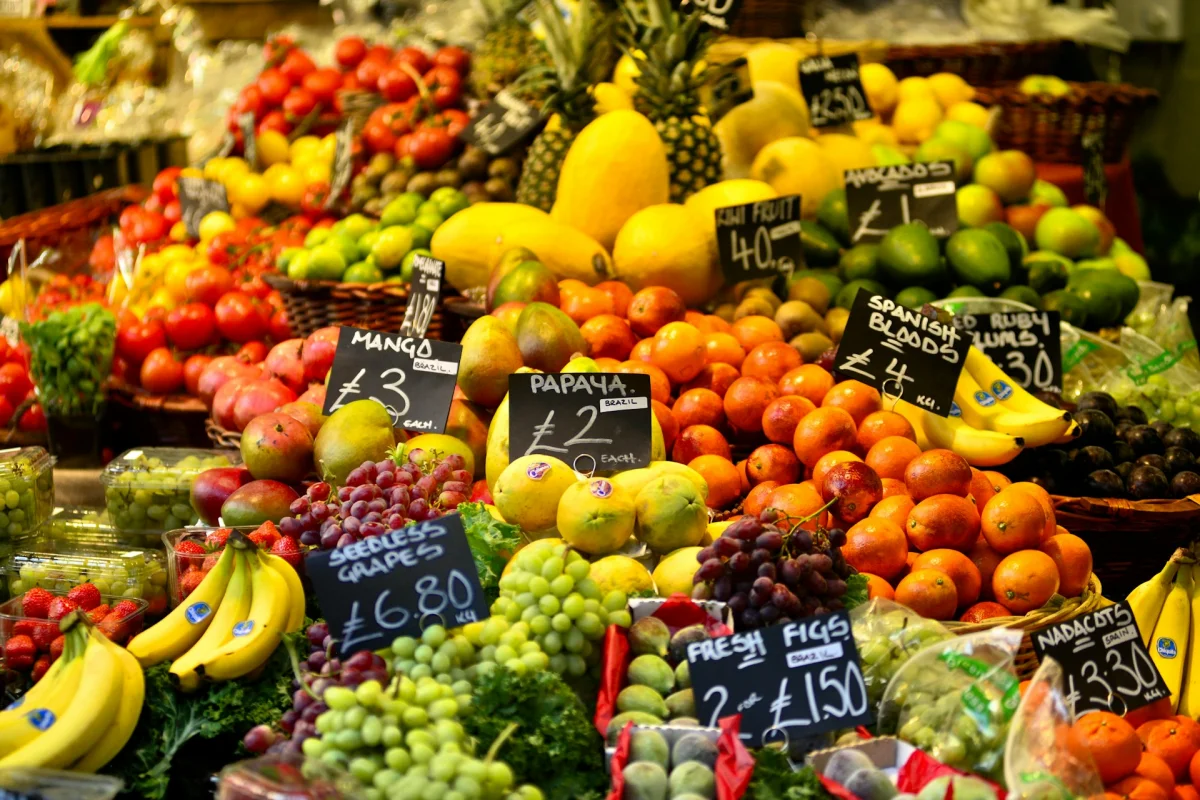 Thursday, December 26, 2024
Thursday, December 26, 2024Fruits and Vitamins: A Source for a Healthy Life
Fruits are not only delicious and versatile but also an essential source of vitamins, minerals, and secondary plant substances. In this blog, we take a precise look at the most important vitamins found in fruits, their benefits for our body, and which varieties are particularly rich in these nutrients. Additionally, we provide a table that will help you integrate fruit into your diet meaningfully to lead a healthy life. Finally, we will examine scientific studies that substantiate the importance of fruit for health.
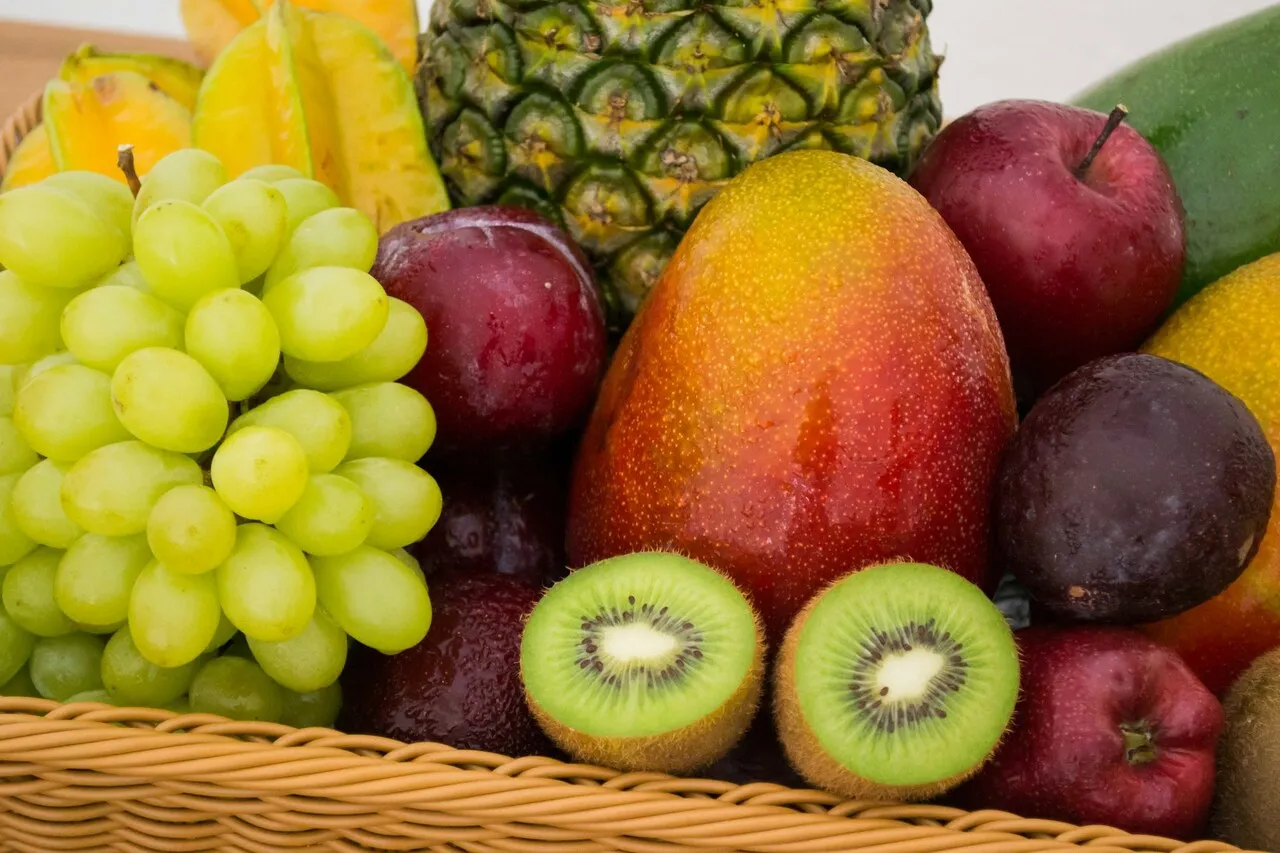
Why Are Vitamins So Important?
Vitamins are organic compounds that our body requires for a variety of processes, including energy production, immune function, and cell renewal. Since our body cannot produce most vitamins on its own, we rely on consuming them through food. Fruits play a central role in this regard as they provide many vitamins in a natural, well-absorbed form. However, the effectiveness of vitamins often depends on their combination with other nutrients such as secondary plant substances, fiber, and minerals.
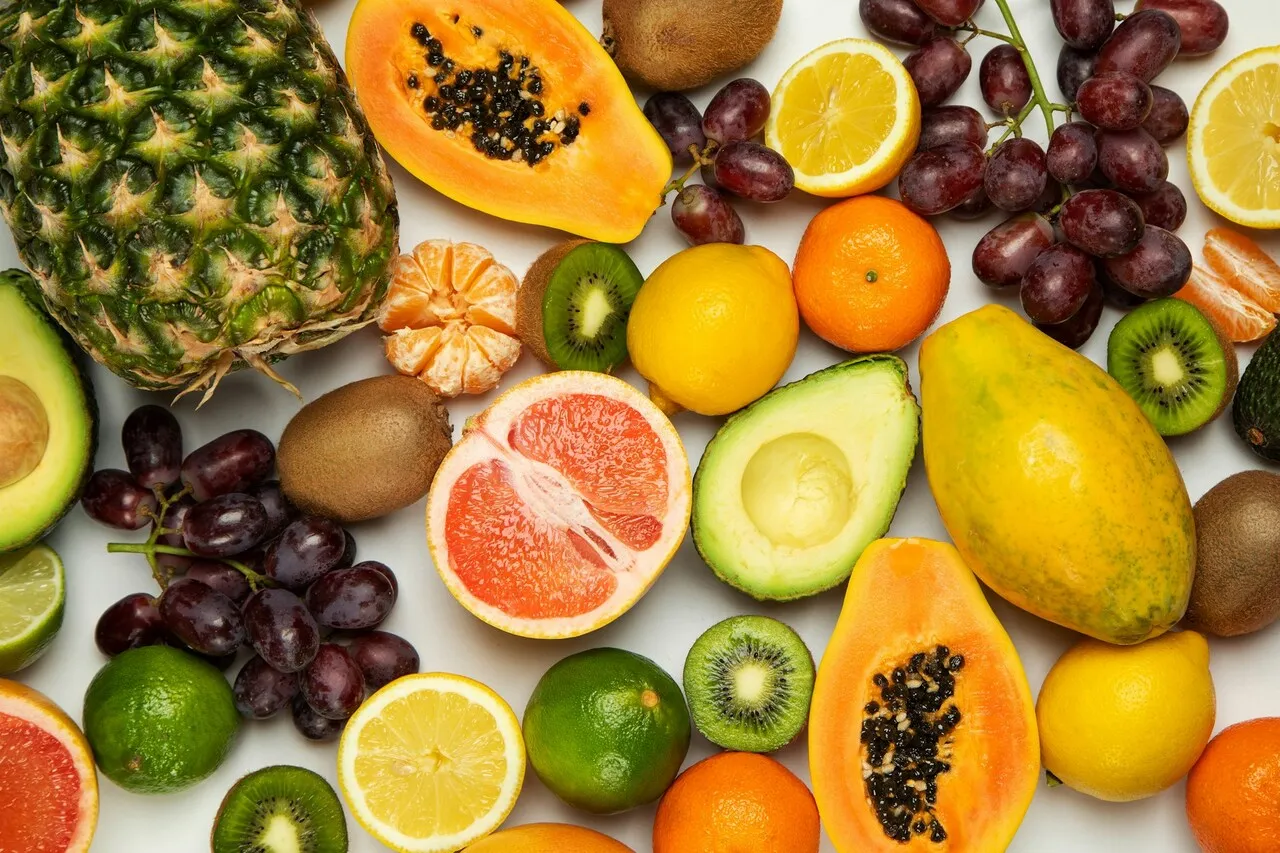
The Most Important Vitamins in Fruits and Their Functions
Vitamin C (Ascorbic Acid):
Function: Strengthening the immune system, antioxidant effect, supporting wound healing.
Rich Sources: Oranges, kiwis, bell peppers, strawberries.
Special Notes: Vitamin C enhances iron absorption from plant foods.
Vitamin A (Retinol and Beta-Carotene):
Function: Healthy skin, good eyesight, supporting the immune system.
Rich Sources: Mango, apricots, papaya.
Special Notes: Beta-carotene is converted into active vitamin A in the body.
Vitamin K:
Function: Blood clotting, bone health.
Rich Sources: Kiwi, grapes, berries.
Special Notes: Vitamin K works synergistically with vitamin D to promote bone health.
B Vitamins (e.g., B6, B9/Folic Acid):
Function: Energy production, nerve function, cell division.
Rich Sources: Bananas, avocados, melons.
Special Notes: Folic acid is particularly important for pregnant women to support fetal development.
Vitamin E (Tocopherol):
Function: Protection against cell damage from free radicals, skin health.
Rich Sources: Avocados, berries.
Special Notes: Vitamin E requires fat for optimal absorption in the body.
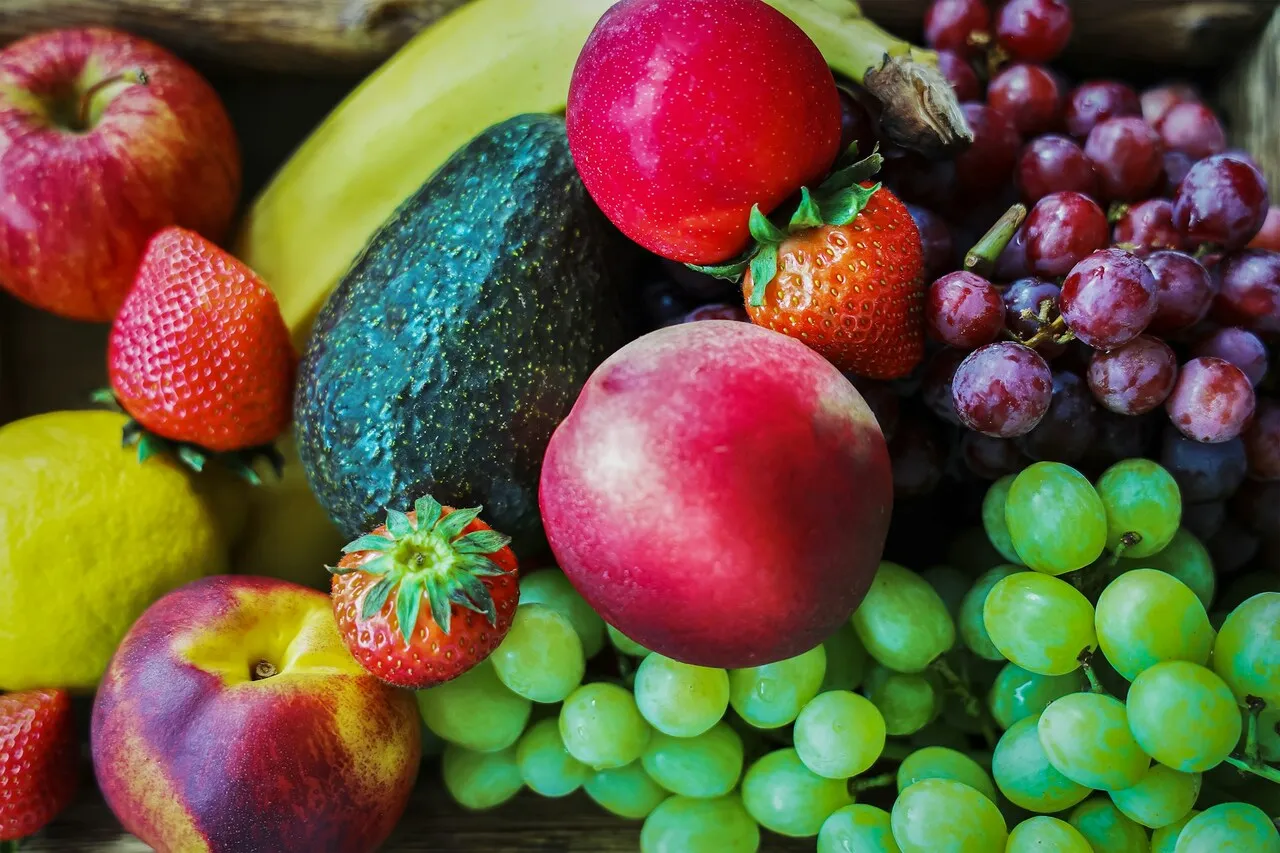
Scientific Insights on Fruits and Vitamins
A report from the "American Journal of Clinical Nutrition" (2022) highlights that regular consumption of fresh fruits is associated with a lower risk of cardiovascular diseases, type 2 diabetes, and certain cancers. The antioxidant properties of vitamin C and other secondary plant substances play a crucial role in this.
A study in the "European Journal of Nutrition" (2023) further confirmed that vitamin C from natural sources such as fruits is absorbed more efficiently by the body than synthetic vitamin C supplements. This efficiency results from the natural combination with bioactive substances such as flavonoids and fiber.
Furthermore, a long-term study from Scandinavia (2023) showed that individuals who consume at least 400 grams of fruits and vegetables daily have a 25% lower likelihood of chronic conditions such as hypertension and diabetes.

Secondary Plant Substances: The Underestimated Heroes
Fruits contain not only vitamins but also numerous secondary plant substances such as flavonoids, carotenoids, and polyphenols. These substances possess antioxidant, anti-inflammatory, and antimicrobial properties. Berries, citrus fruits, and grapes are particularly rich in these compounds.
An example is anthocyanins, which are found primarily in blueberries and blackcurrants. They protect blood vessels and can reduce the risk of cardiovascular diseases. A study in the "Journal of Agricultural and Food Chemistry" (2024) showed that regular consumption of berries can significantly lower blood pressure.
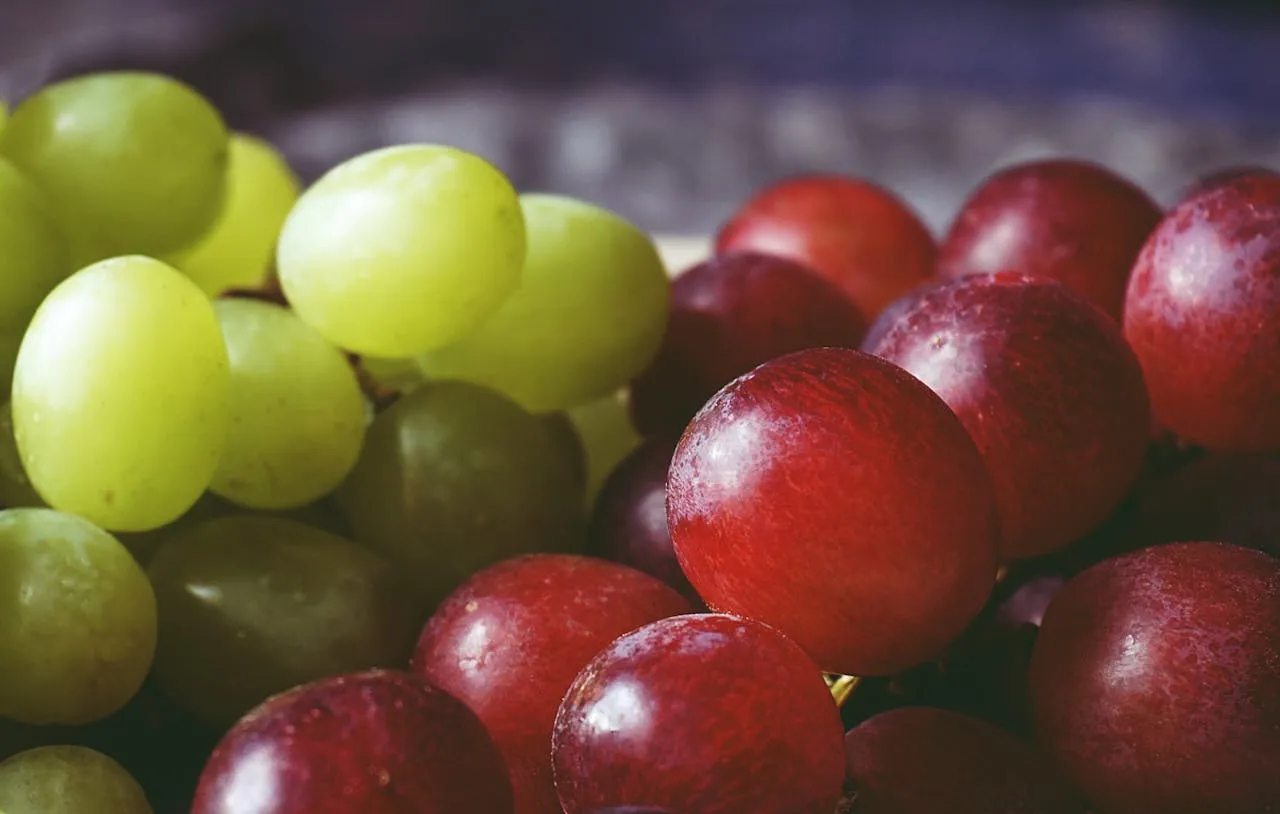
Table: Fruit Varieties and Their Vitamin Contents
| Fruit | Main Vitamins | Other Nutrients | Recommended Daily Portion |
|---|---|---|---|
| Orange | Vitamin C | Potassium, flavonoids | 1–2 pieces |
| Banana | Vitamin B6 | Magnesium, fiber | 1 piece |
| Kiwi | Vitamin C, K | Vitamin E, fiber | 2 pieces |
| Mango | Vitamin A, C | Beta-carotene, fiber | ½ fruit |
| Blueberries | Vitamin C, K | Anthocyanins, fiber | 1 handful |
| Avocado | Vitamin E, B6 | Healthy fats, potassium | ½ fruit |
| Strawberries | Vitamin C | Folate, antioxidants | 1 handful |
| Grapes | Vitamin K, C | Resveratrol, fiber | 1 handful |
| Apple | Vitamin C | Polyphenols, fiber | 1 piece |
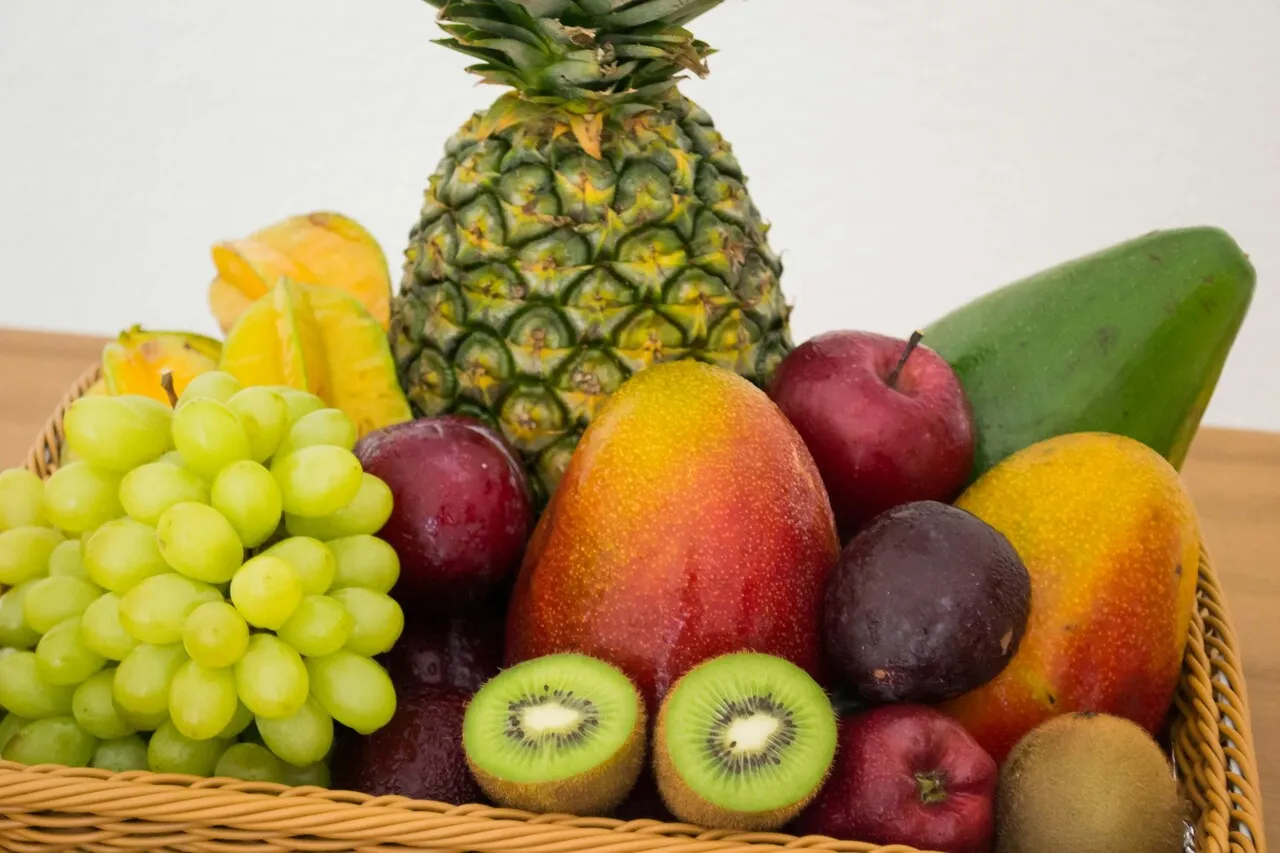
New Perspectives: Local and Seasonal Fruits
In times of climate change, the consumption of local and seasonal fruits is gaining increasing importance. Studies show that seasonal fruits often have higher nutrient levels as they are harvested under optimal conditions. For instance, regionally grown apples harvested in the fall have higher polyphenol content than imported varieties. Moreover, consuming local fruits reduces the carbon footprint by eliminating long transport distances.
An example of seasonal fruit is strawberries, which are freshly available in many regions during early summer. Freshly harvested strawberries contain up to 30% more vitamin C than those that have been stored for long periods.

Conclusion
Regular consumption of fruits not only provides essential vitamins but also contributes to an overall healthier lifestyle. By incorporating a variety of fruit into your diet, you ensure a wide range of nutrients. Remember to focus on regional and seasonal products to support both your health and the environment. Utilize the diversity of nature and make fruits a fundamental part of your diet to benefit from their health advantages in the long run.


